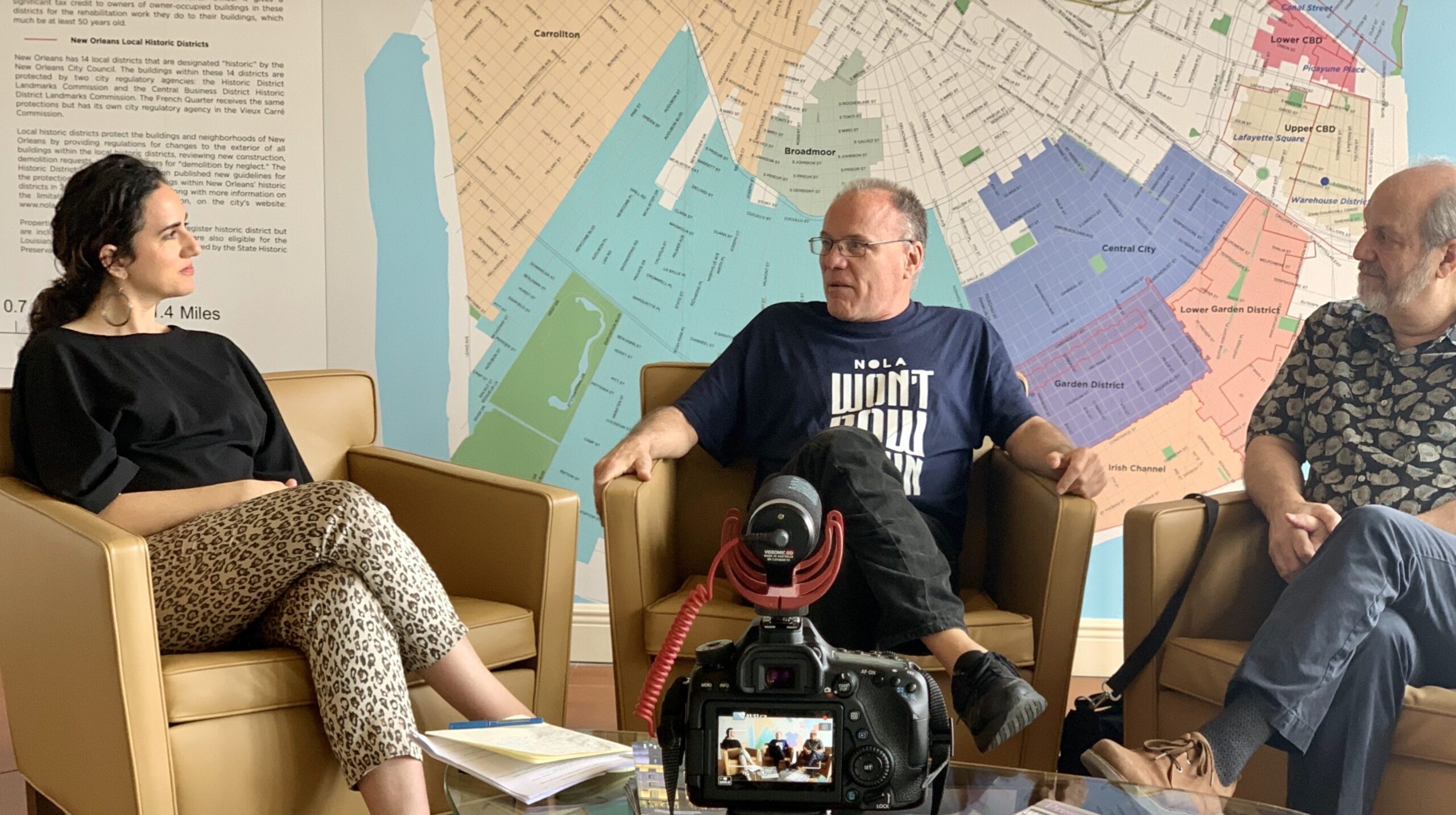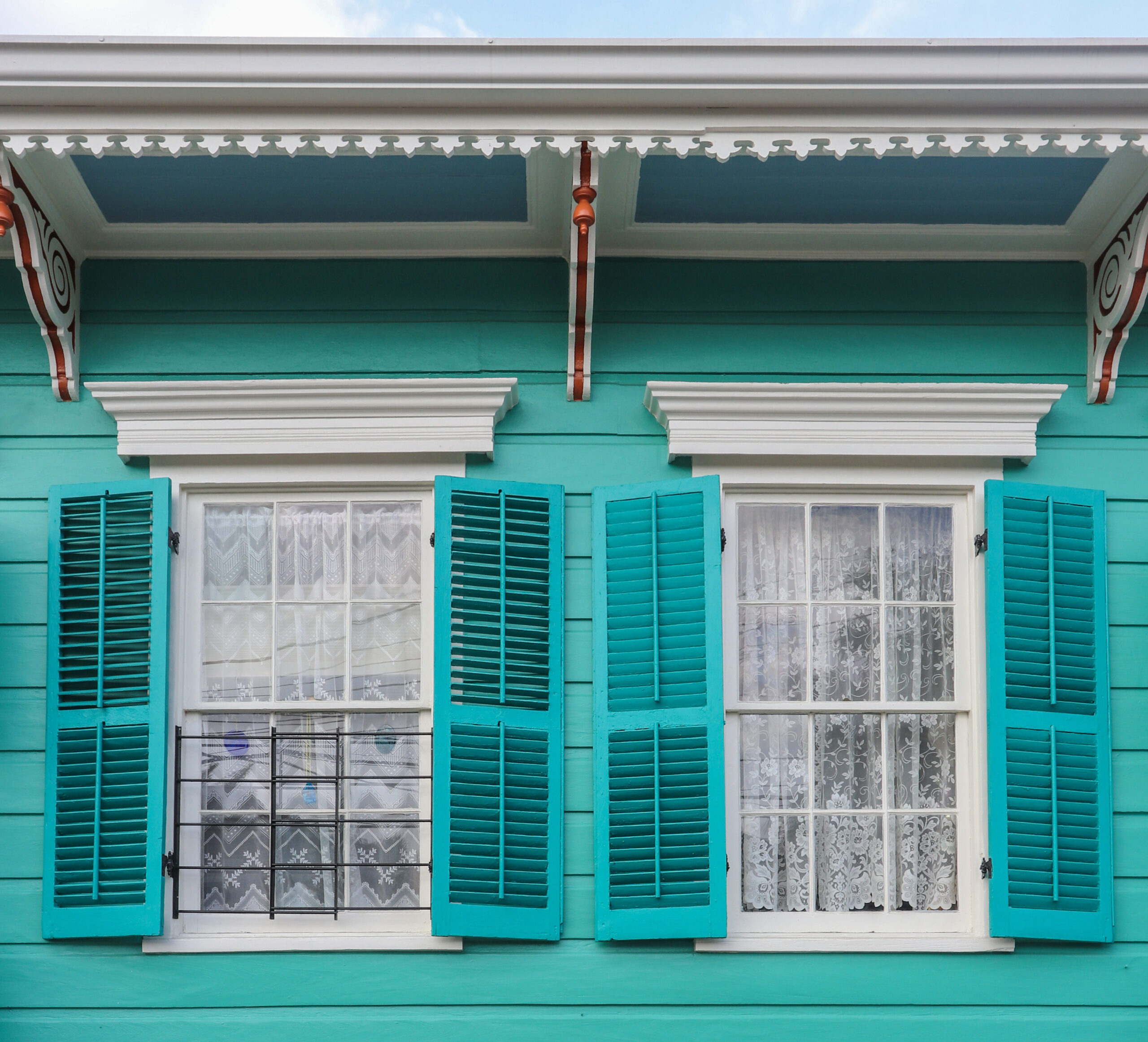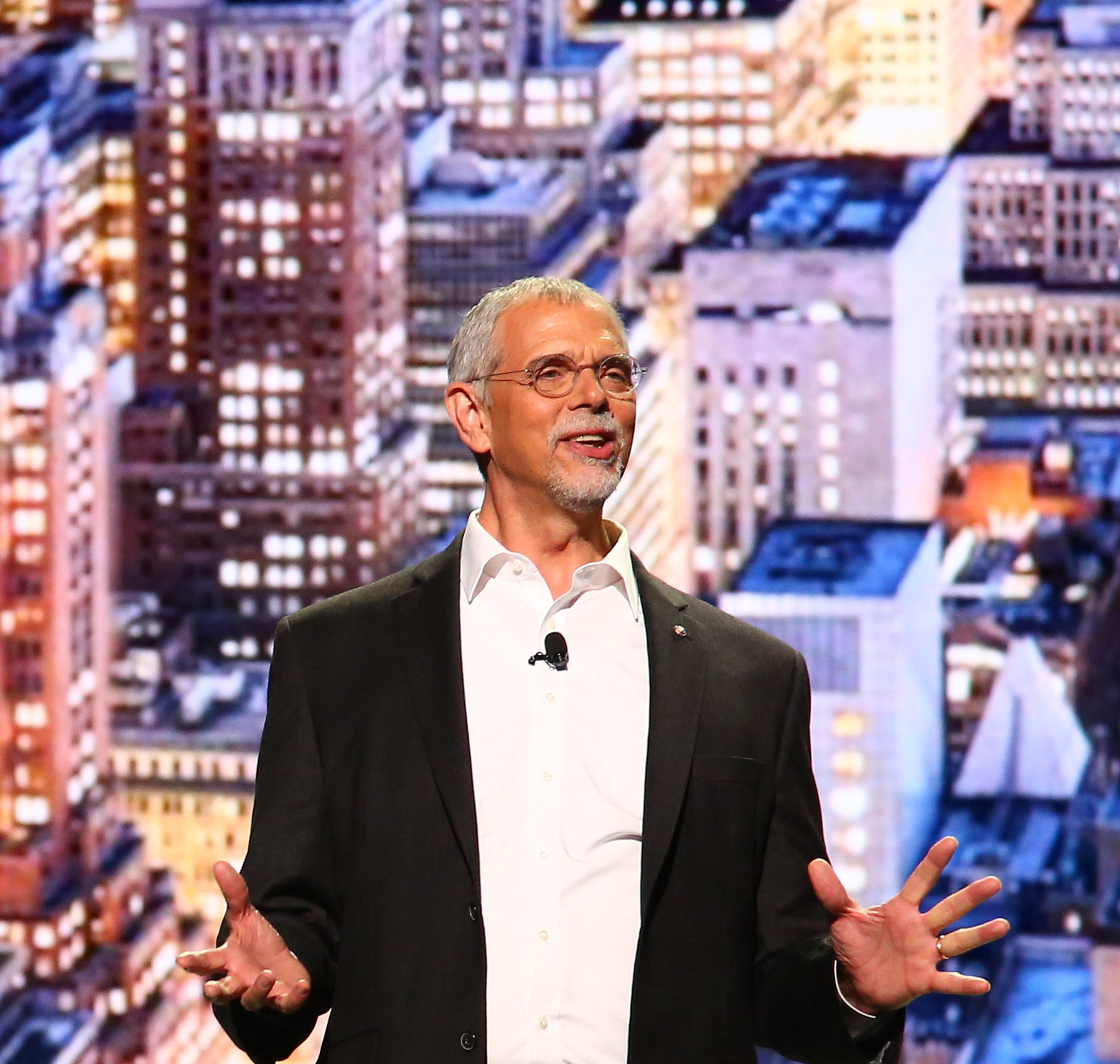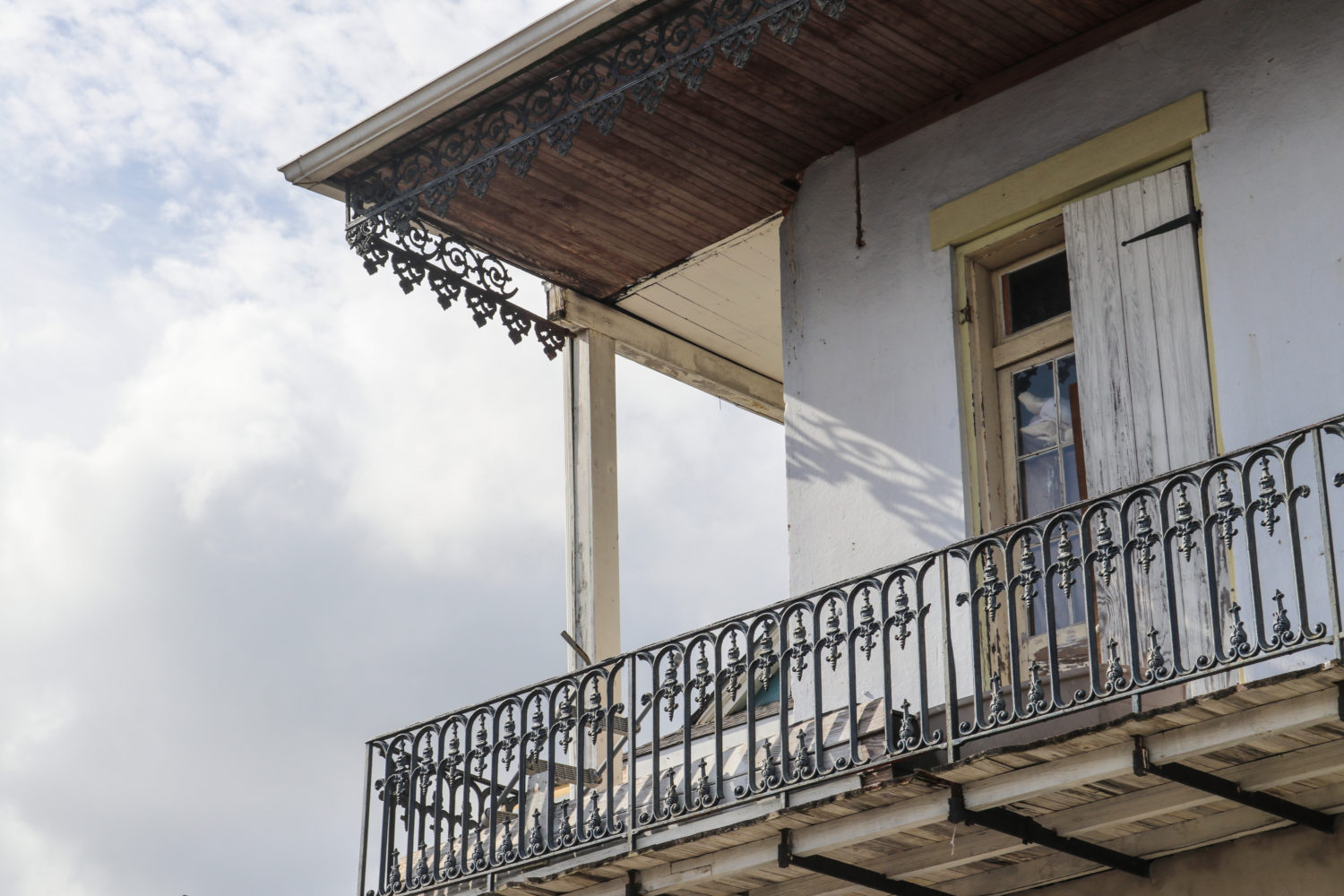This story appeared in the April issue of the PRC’s Preservation in Print magazine. Interested in getting more preservation stories like this delivered to your door monthly? Become a member of the PRC for a subscription!
A recent opinion column in the Washington Post caught the attention of PRC Executive Director Danielle Del Sol. In it, New Orleans architect and planner Steven Bingler, founder of Concordia design studio, and Martin C. Pedersen, executive director of Common Edge Collaborative, made a bold statement. Focusing on climate resilience isn’t enough, they wrote. In addition to adapting to climate change through resiliency, it’s time to think about another R-word: Retreat.
An estimated 50 million people around the world may be forced to move to higher ground over the next 30 years, they wrote. The oceans will likely rise higher than predicted, and “the number of climate refugees could surpass 300 million. Indeed, sea-level rise looks likely to be measured in yards and meters, not inches or feet.
“Where will all of these displaced people go?” they asked.
To flush out that startling statement, Del Sol recently invited Bingler and Pederson to the PRC’s office for a chat about climate change, retreat and the future of historic New Orleans in this age of rising sea levels. Bingler’s firm, Concordia, led the city’s planning process during the recovery from Hurricane Katrina. The Common Edge Collaborative is a nonprofit organization that advocates for planning and design engagement with the public.
Such a serious topic required a lengthy discussion. Here are highlights from their chat in a transcript edited for brevity.
Advertisement
DD: What does retreat mean to you? Does it mean evacuating coastal areas and focusing new construction and new developments inland?
SB: We just worked on a big project in South Louisiana called LA Safe. And LA Safe involves six parishes, all coastal parishes that are in some level of jeopardy from sea-level rise. Because, as we all know, Louisiana is one of the lowest lying areas in the world, not just in the country. … The good news is that we have some of the brightest scientists and researchers at the Water Institute of the Gulf. We have scientists who have been studying these issues for years now. So we have a font of knowledge here in Louisiana that doesn’t exist anywhere else in the world outside of maybe The Netherlands.
So, it does beg the question then, if we’re not going to be able to contain sea-level rise, then how do we start planning for it? In that particular (LA Safe) project, there were 70 meetings, and we helped to coordinate all those meetings, much like in post-Katrina planning. There were 3,000 people involved in those meetings, and a lot of those people were hearing for the first time that their town would be underwater in 30 years. It’s probably not common knowledge, but it’s certainly scientifically confirmed, that we’ll be losing Cocodrie, and we’ll be losing Venice (La.), and we’ll be losing probably Buras and a few other towns, certainly by the turn of the century.
So these (are the) realities that we’re facing — and that’s just with two feet of sea level rise. The Union of Concerned Scientists are now recommending that we consider, for residential purposes, something a little more than six feet of sea-level rise. … The good news for New Orleans is that we have a levee, and we have now a very strong levee.
DD: So that was my next question. How do we fair here in New Orleans? Obviously, you both still live here.
SB: I would not want to live in Miami, I can tell you that. I also wouldn’t want to live in Norfolk, Va. I wouldn’t want to live in lower Manhattan. I would rather live in New Orleans, because New Orleans is actually safer than all the places I just mentioned.
MP: Because (New Orleans) has an existing infrastructure. And I will say that our position is not a radical position. In New York state, the state has already begun buying people out in Queens, in the Rockaways. That’s already started to happen. … It’s being done on a small scale. … So they are envisioning places that won’t be habitable in the future. And I think there’s going to be more and more of that.
DD: What’s fascinating is that you are almost having to plan for the market of 30 years from now. Because right now, prices are still sky high in coastal areas across the country.
MP: I was just in Miami, and there’s still cranes in the sky.
DD: The Florida Gulf Coast, the panhandle, Panama City, had horrible destruction just last year with Hurricane Michael. … So the market is not responding to this. Maybe people aren’t paying attention or maybe they don’t want to.
SB: I think this is an important point that I’ve learned in the planning work we’ve done in South Louisiana and other places … we can never underestimate the power of denial. We all want to keep things the way they are, and we will do that at almost any risk.
MP: I would add to that, it’s the power of denial, but it’s also something positive: all of us are attached to our homes. We’re attached to our hometowns. We’re attached to our neighbors. We’re attached to our street. … So, it’s a really hard discussion to have.
SB: So sit around the table with folks in lower Plaquemines Parish, for example. I don’t know if you’ve driven it, but it’s really quite earth shaking to see houses that are 30 feet in the air, and part of that is because people will do anything to stay where they are. We’re talking tradition, we’re talking culture, we’re talking about things that are much stronger even than our fear of something like a hurricane. Why did everybody come back to New Orleans? We love this place, and we can’t imagine living anywhere else. So we’ll do almost anything to save it. But, at the end of the day, the insurance companies come in, and the insurance companies are not so attached.
In fact, they’re the opposite of that. They’re extremely detached. So when the insurance companies come in and say, well, your flood insurance now is not going to be $10,000, it’s going to be $15,000 or maybe it’s $20,000 a year, then you have to make a really hard choice about either having no flood insurance, which means that your entire wealth — which, in most cases, is people’s real estate — is now in jeopardy. Your entire financial legacy is in jeopardy, or you have to pay and be willing to pay outrageous rates for flood insurance. And then we have the government subsidizing that now with the National Flood Insurance program, and I don’t know how long that can happen.
DD: You wonder about FEMA, as well, in an age when every year we have a named hurricane that obliterates some very populated area of our country. At what point does the government just stop giving the recovery dollars needed to make a place completely whole.
SB: As planners, we have to be responsible for thinking ahead of that time. And maybe thinking about Plan B, (which is retreat), makes us think more about Plan A, (which is more resilience). We need to have the levees. … We need to have rain gardens. We need to have water storage.
So, actually, New Orleans is ahead of the curve, I think. Because of the Dutch Dialogues, and the work of architects like David Waggonner, which has put a focus on this notion of resilience. And so I’m actually very optimistic about New Orleans. … I feel like New Orleans is preparing itself in a very intelligent way.
DD: That’s so great to hear. If New Orleans is ahead of the curve, I wonder, are there other communities internationally that have done work that’s really substantial? Obviously the Netherlands comes to mind.
MP: I think they’re the undisputed leaders. They’ve been living under sea level for longer than the problem. But I’ve heard from Dutch water engineers, you can build resiliently up to a certain point.
SB: So let’s think about the opportunities. We’ve talked a lot about the challenges, but there will be opportunities. For people who will be moving …we referenced them in our (Washington Post) piece, the current prediction is that by (the year) 2100, 300 million people will be resettling globally. So that’s a pretty profound number. So as planners, we have to be imagining where would those people go?…
One option, and I think it’s especially intriguing from a preservation point of view, is that there are thousands of little towns, many of which have very historic buildings that are boarded up. Because these little towns of 10,000 people, 15,000, 20,000 people, haven’t really done well as people have moved into the larger urban areas. So imagine that there could be a movement back to small towns, and then the question is, what would it take to take Natchez, Miss., and make it attractive to millennials?…
I don’t know what it would take to make that happen, but there could be a lot of historic tax credits in play. There could be a lot of historic rejuvenation at play.
DD: That’s such an exciting idea, and there is a movement already afoot — it’s a small one — but it’s been driven by our economy, where young families are rediscovering and moving out of big cities to small main street towns that are more affordable.
SB: So there’s bad news and good news. I don’t know what the balance is, but, at least at this stage, it’s good to know there is some good news.
DD: Thank you both so much for your time. This has been a fascinating discussion, and that was a great way to end — getting back to the important role that preservation can play in climate change.
Danielle Del Sol is the Executive Director of the Preservation Resource Center.
Advertisements










